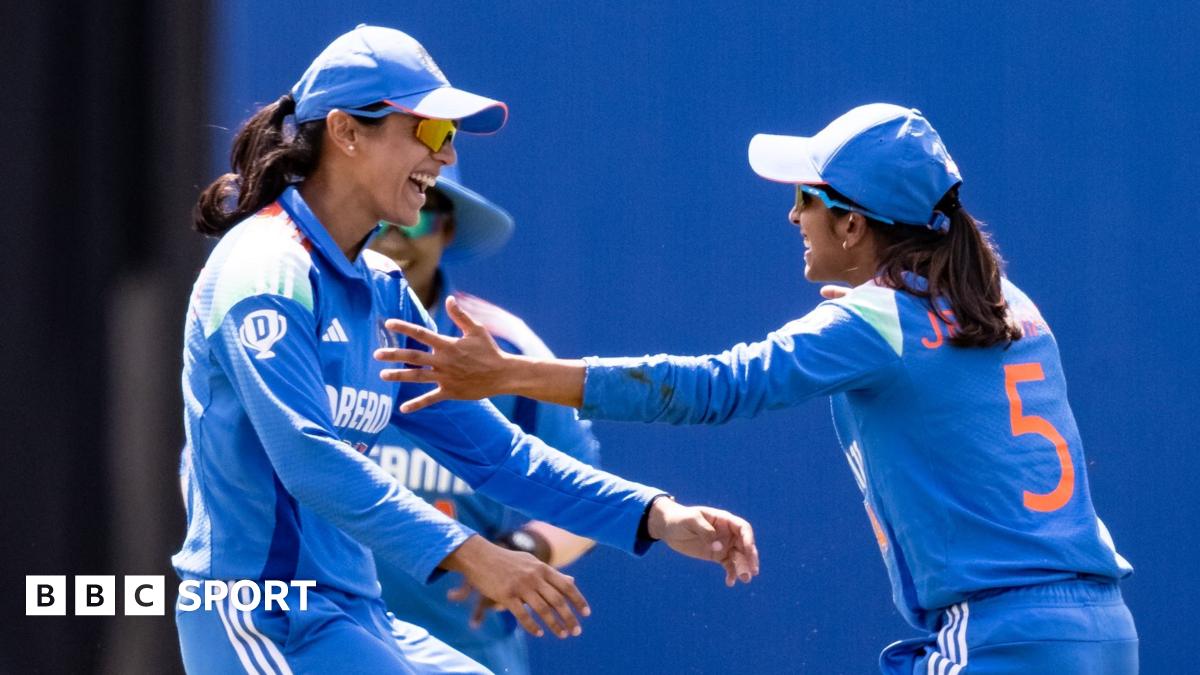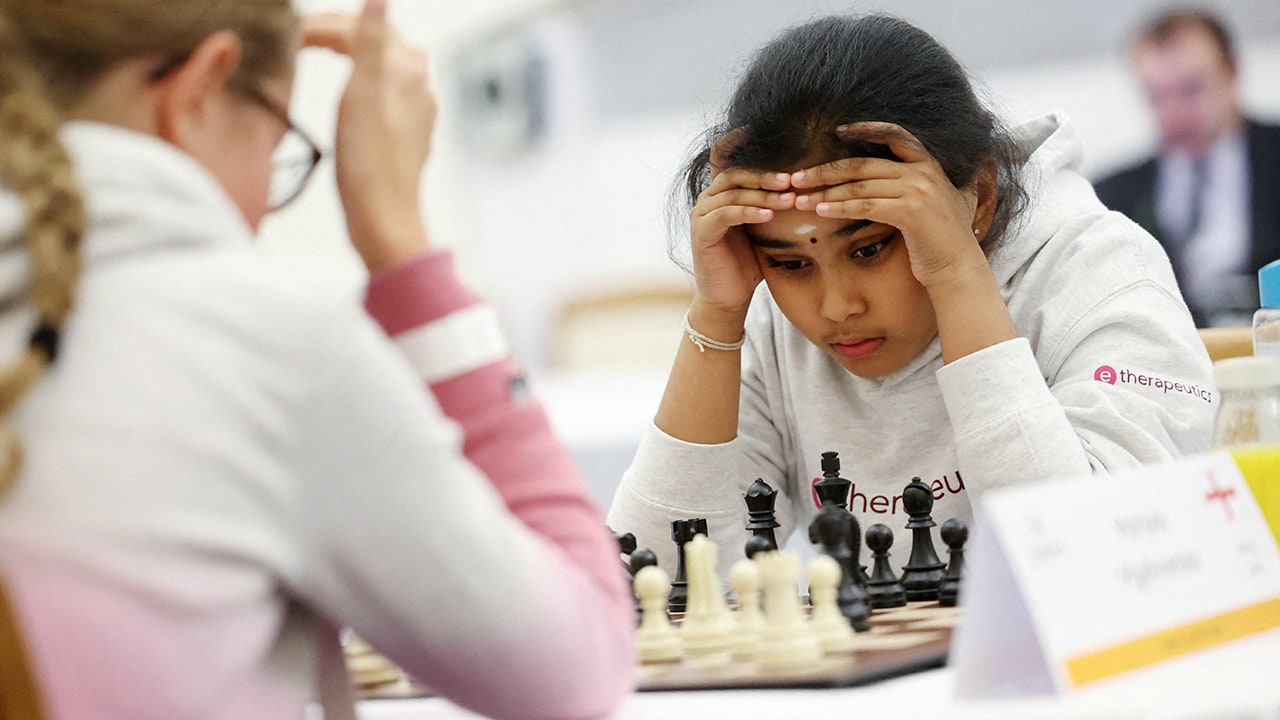India’s women have just won a T20 series on English soil for the first time. A 50-over World Cup on their home turf is imminent, which could take the sport to fever pitch in a country that already boasts the lucrative Women’s Premier League, the second most valuable women’s sports league in the world.
For former captain Mithali Raj, the opportunities and financial rewards available to the country’s top female cricketers in 2025 are a world away from when she broke into the India team in 1999, aged 16.
“I was pretty much emptying my dad’s pocket to play for India,” she explains during a trip to England that saw her honoured by ringing the five-minute bell at Lord’s during the third men’s Test.
“There was absolutely no payment. We had to buy our own equipment and try to organise our own training sessions. There were times when we’d train on matting wickets, and then we’d get a week to practice on the turf [before a match].”
Cultural and socio-economic challenges were also prevalent among many families, who did not want their daughters playing cricket, either because it was deemed a men’s game or they needed their daughter to be working and earning money.
Raj debuted for India seven years before the Board of Control for Cricket in India (BCCI) took over the administration, following a merger with the Women’s Cricket Association of India.
She witnessed the start of a slow transformation, as the women’s game began to be better resourced with match fees introduced and access to top facilities, such as the National Cricket Academy with the best physios and trainers.
In order to earn a living, India’s national players had to have jobs, most with Indian Railways, as they were “the only institution that gave jobs to women cricketers in India”.
The next game-changing moment for Raj and her compatriots was the announcement of BCCI retainer contracts for the top 11 players in 2015. Raj was nearly 33.
“If you are from an affluent family, you can manage to play for however long, because you do not really have to think about how you are going to run your house,” she says. “But if you are not, you would think, what next? Where am I going to earn money?
“Contracts gave that safety for the national players. They know, ‘OK, I can play and I can earn’. That was huge for us.”








